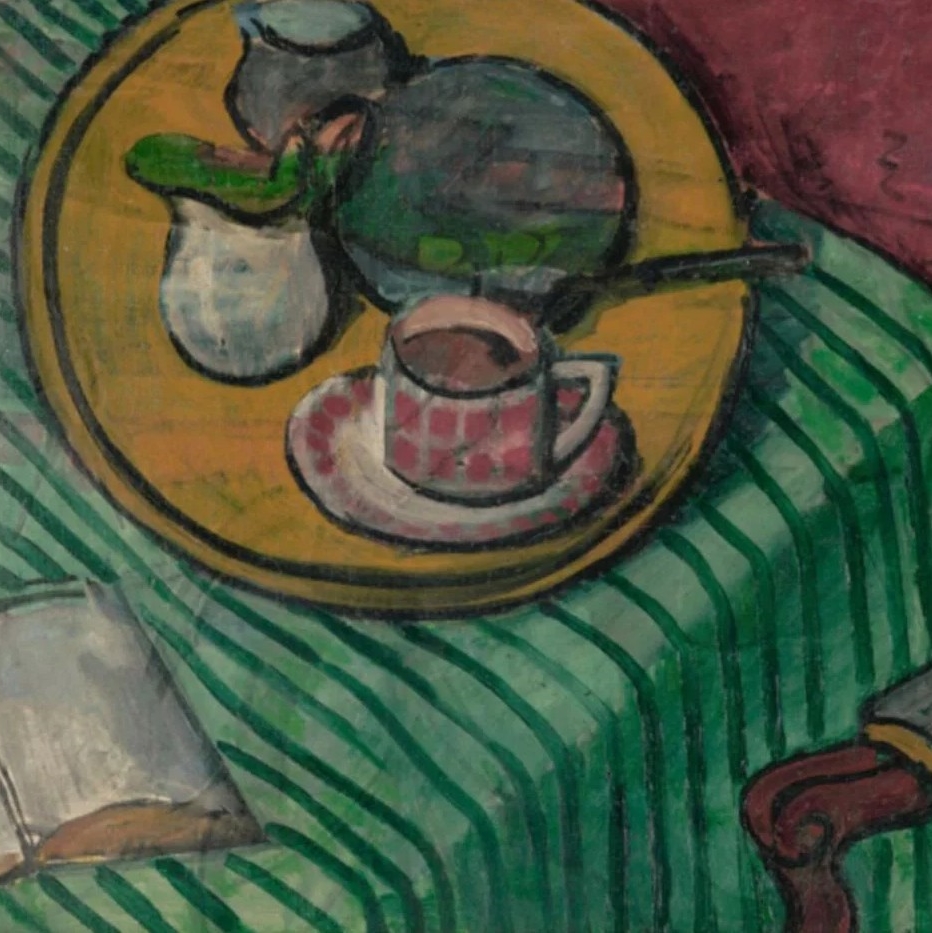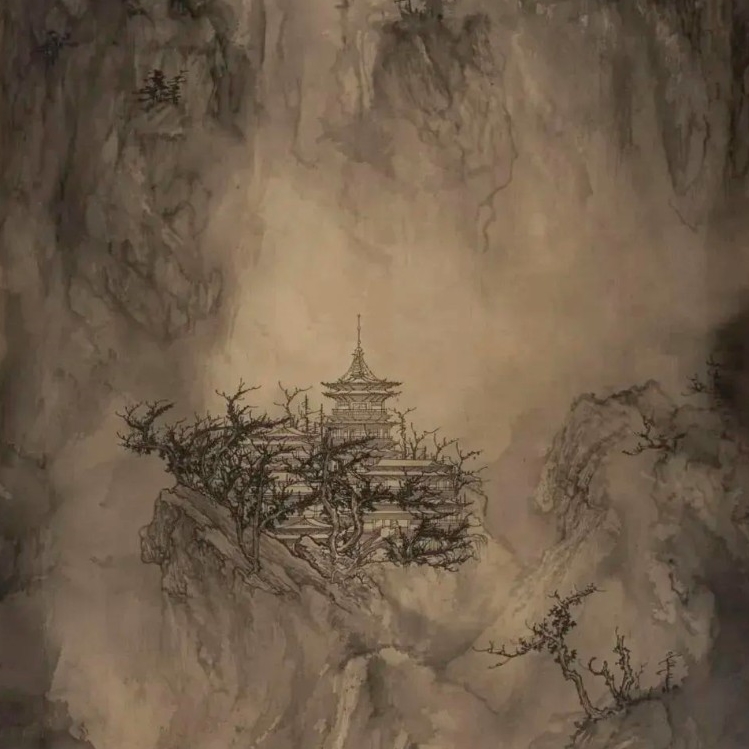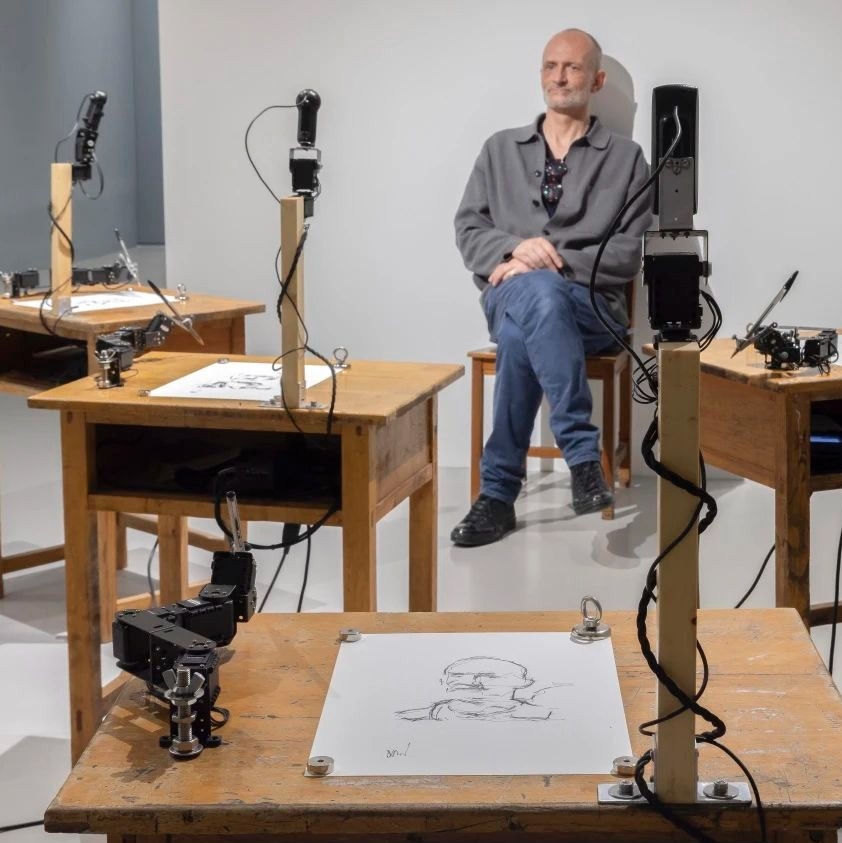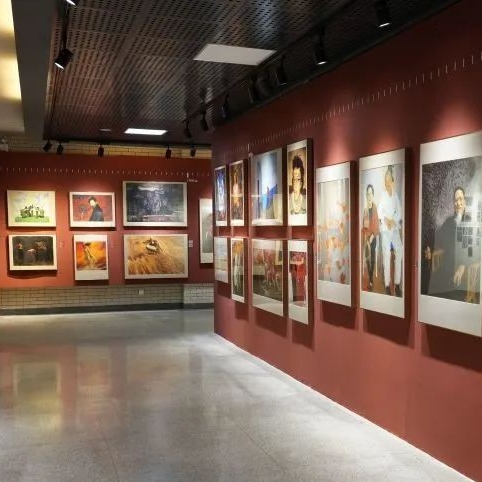
Li Chen creates monumental figurative sculptures informed by a mixture of Buddhist philosophy and contemporary art practices. His first museum exhibition at the Frye Art Museum, Eternity and Commoner, showcases his exceptional clay sculptures, molded over wooden skeletons and conceived of by the artist as living bodies. The exhibition opens on February 18th and takes place in conjunction with NCECA 2012, the annual conference of National Council on Education for Ceramic Arts, being held in Seattle March 28-31, 2012 .
Li Chen: Eternity and Commoner premieres a new series of works by the artist titled The Constitution of Immortality that explores our shared desire for eternity and perfection. In contrast to the spectacular bronze and stainless steel sculptures that brought Li Chen renown, these clay bodies in the galleries of Frye Art Museum are sparse and restrained, transformed as they dry from simple wood, rope, and clay conveying an elemental physical representation.[gallery link="file" orderby="title"]
“It’s a bodily evolution,” Li Chen said. “I have chosen to pursue vicissitude while retaining the mark of the spirit. We are attached to illusion and completeness in appearance and have neglected the beauty of imperfection.” In his large-scale installation Eternity and in the sculpture “body” of Commoner, both specially conceived for the spaces of the Frye Art Museum, Li poses the question: is life determined by the material, and the body, or by spiritual vitality? Can life continue as a legend, a belief, in a form outside of the physical body?
Li Chen began his self-taught career creating traditional sculptures for temples dedicated to the Pure Land tradition of Mahayana Buddhism. In creating sculptural objects / spiritual metaphors within the Pure Land tradition, Li Chen expressed his commitment to a form of spiritual and artistic practice that is accessible to a broad audience. Since the late 1990s, Li has moved away from the traditional aesthetics of Tang and Song dynasty Buddhist sculpture toward a personal, and highly distinctive, iconography of spiritual passage in contemporary times. His figures, viewed from the rear or the side, have also changed their nature: the figurative becomes abstract, the body becomes landscape. Such transgressions in the depiction of the sacred subject matter and the constantly altering “meaning” of Li Chen’s sculptural works—depending on the physical position of the observer—distinguish much of his more recent work.
This transformation of natural materials over time is an important aspect of Li’s recent work, and a reminder that earthly power will crumble and the affairs of the human heart will fade. It is also an admonition from Li that we are fated to wax and wane, are the guardians of treasures that are imperishable: the human spirit and wisdom passed from generation to generation. For Li, the Commoner, holding a husk of wheat, is as tenacious as grass, and as creative and vital as the common necessities of life.
In all his work but especially in The Constitution of Immortality, Li displays a fascination with the threshold between the vitality of life and the quiescence of death, and with the extreme dynamism of spiritual activity in the midst of mortal struggle.
Li Chen was born in Taiwan in 1963. He has executed an extraordinary performance in molding the traditional Buddhist sculptures. Later he infused emotion of the heart into his works and studied a variety of Confucian, Buddhist, Taoist scriptures, and even instilled new contemporary thoughts, which provided a new creativity to Li Chen’s sculptures. Li Chen’s art allows one to sense harmony and reflect on life, and it is mischievous innocence that captures the Zen spirit. Additionally, his round and complete Buddhist sculptures also enable the audience to feel the co-existence of emptiness and fullness, and the simplicity brimming with the beauty of a natural style. Li Chen’s sculptures express unique and new oriental spirit and conception. Following the success of Li Chen’s “Energy of Emptiness” Exhibition at the 52nd Venice Biennale in 2007 and his more recent “In search of Spiritual Space” at the National Art Museum of Chinain 2008, Li Chen’s works took a new shift with the unveiling of his brand-new series for the very first time to the public of “Soul Guardian – Mirror of Our Innermost World.”
About the exhibition
Curator: Jo-Anne Birnie Danzker
Date: 2012-02-18 ~ 2012-04-08
Opening: 2012-02-17 (Fri) 6:30pm
Venue: Frye Art Museum, 704 Terry Avenue, Seattle, Washington 98104, USA
Courtesy of Li Chen and the Frye Art Museum.




























